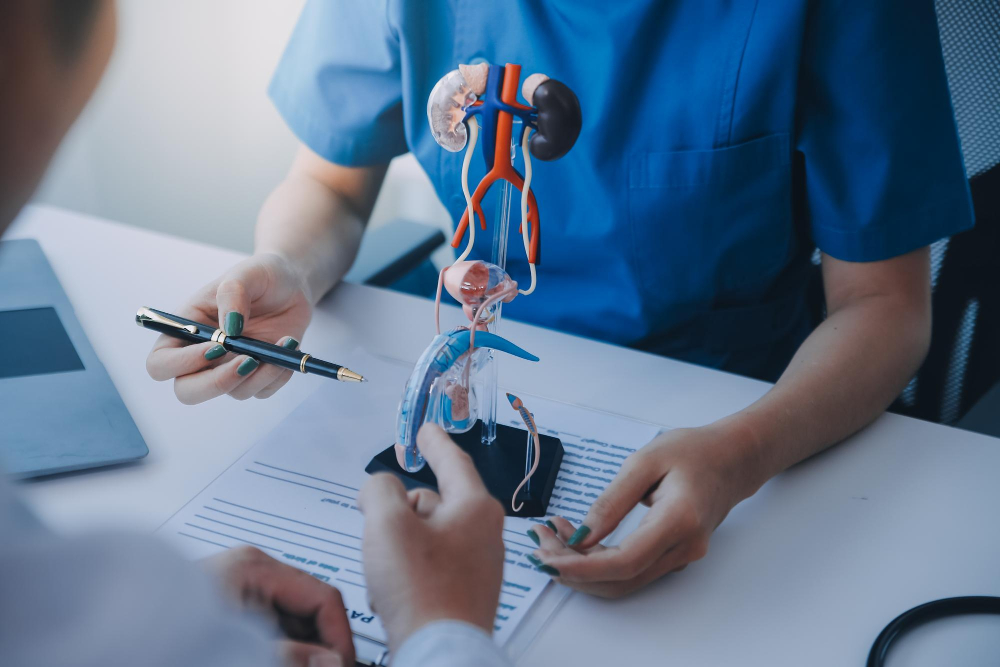Introduction
TURP surgery is a common treatment for men with prostate problems. Doctors use it to help men who have trouble urinating because of an enlarged prostate. Often, TURP surgery is called the gold standard for treating this issue. If you or a loved one faces prostate surgery, learning about TURP can help you feel more prepared.
What is TURP Surgery?
Transurethral Resection of the Prostate, or TURP, is a type of prostate surgery. During this procedure, a doctor removes parts of the prostate gland. The prostate is a small gland that sits below the bladder in men. Sometimes, the prostate grows larger as men age. This can block the flow of urine. TURP surgery helps by clearing this blockage. As a result, urine can flow more easily.
Who Needs TURP Surgery?
Not everyone with prostate problems needs TURP surgery. However, doctors may suggest it if you have:
Usually, these symptoms are caused by an enlarged prostate, also called benign prostatic hyperplasia (BPH). If medicines do not help, TURP surgery may be the next step.
How is TURP Surgery Performed?
TURP surgery is done in a hospital. First, you will get anesthesia so you do not feel pain. Then, the doctor inserts a thin tube called a resectoscope through the tip of your penis. This tube goes up the urethra, which is the channel that carries urine out of the body. The doctor uses special tools to remove small pieces of the prostate that are blocking urine flow. The pieces are flushed out with fluid. After the surgery, a soft tube called a catheter helps drain urine from your bladder while you heal. Most people stay in the hospital for one to two days.
Benefits of TURP Surgery
TURP surgery offers many benefits. For example, it can:
Because of these benefits, TURP is one of the most trusted treatments for BPH.
Risks and Possible Complications
Like any surgery, TURP has some risks. While most people do well, you should know about possible side effects. These may include:
Most side effects are mild and get better with time. However, if you notice heavy bleeding, fever, or severe pain, contact your doctor right away. For more on TURP procedure risks, you can visit trusted sources like the CDC or WHO.
Recovery and Aftercare
After TURP surgery, you will need some time to heal. Usually, the catheter stays in for one to three days. Once it is removed, you may notice burning or blood in your urine for a short time. To help with recovery:
Most men return to normal activities within two to four weeks. For a smooth prostate surgery recovery, keep all follow-up appointments and ask your doctor about any concerns.
Prevention and Lifestyle Tips
After TURP surgery, you can take steps to keep your prostate healthy. For example:
These habits can help you feel your best and may lower the risk of future problems.
Conclusion
TURP surgery is a safe and effective way to treat an enlarged prostate. It can improve your quality of life by easing urinary symptoms. However, every person is different. Consult a urologist for personalized advice about TURP surgery and prostate health.

